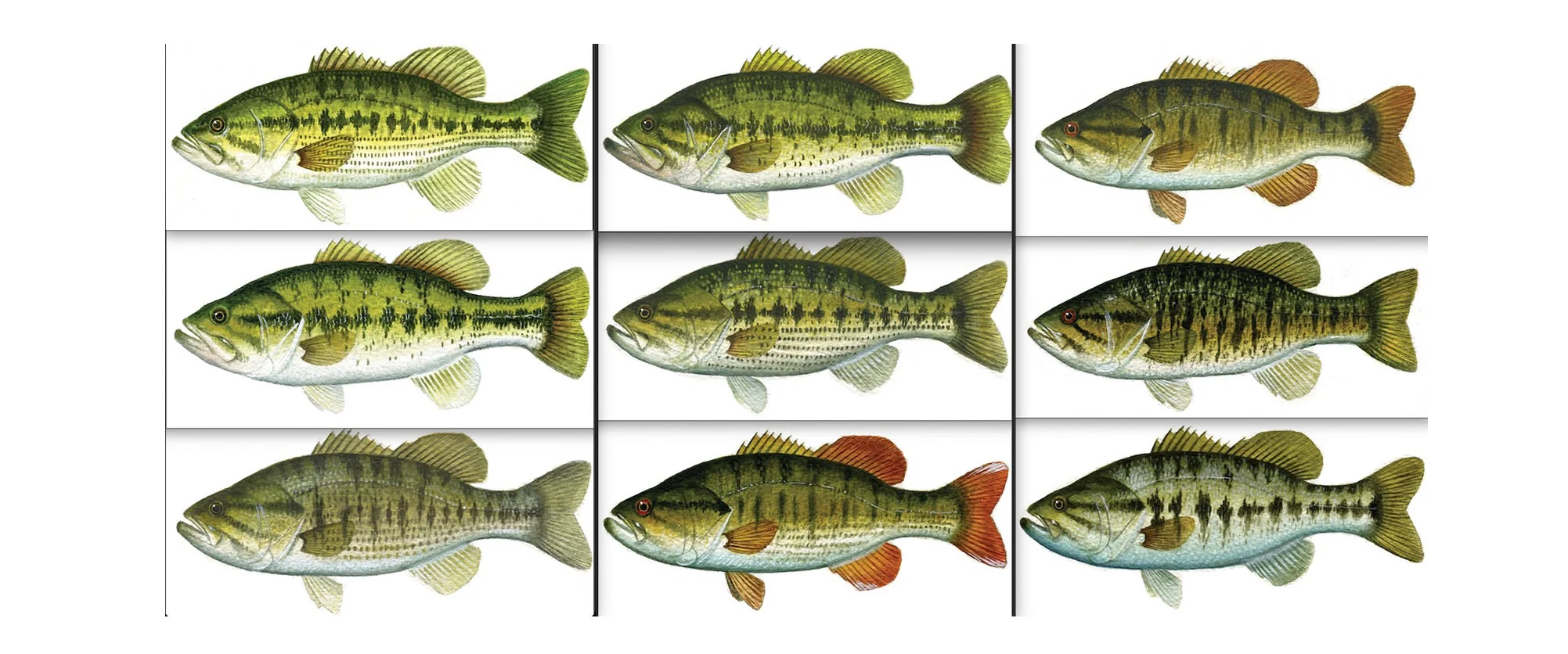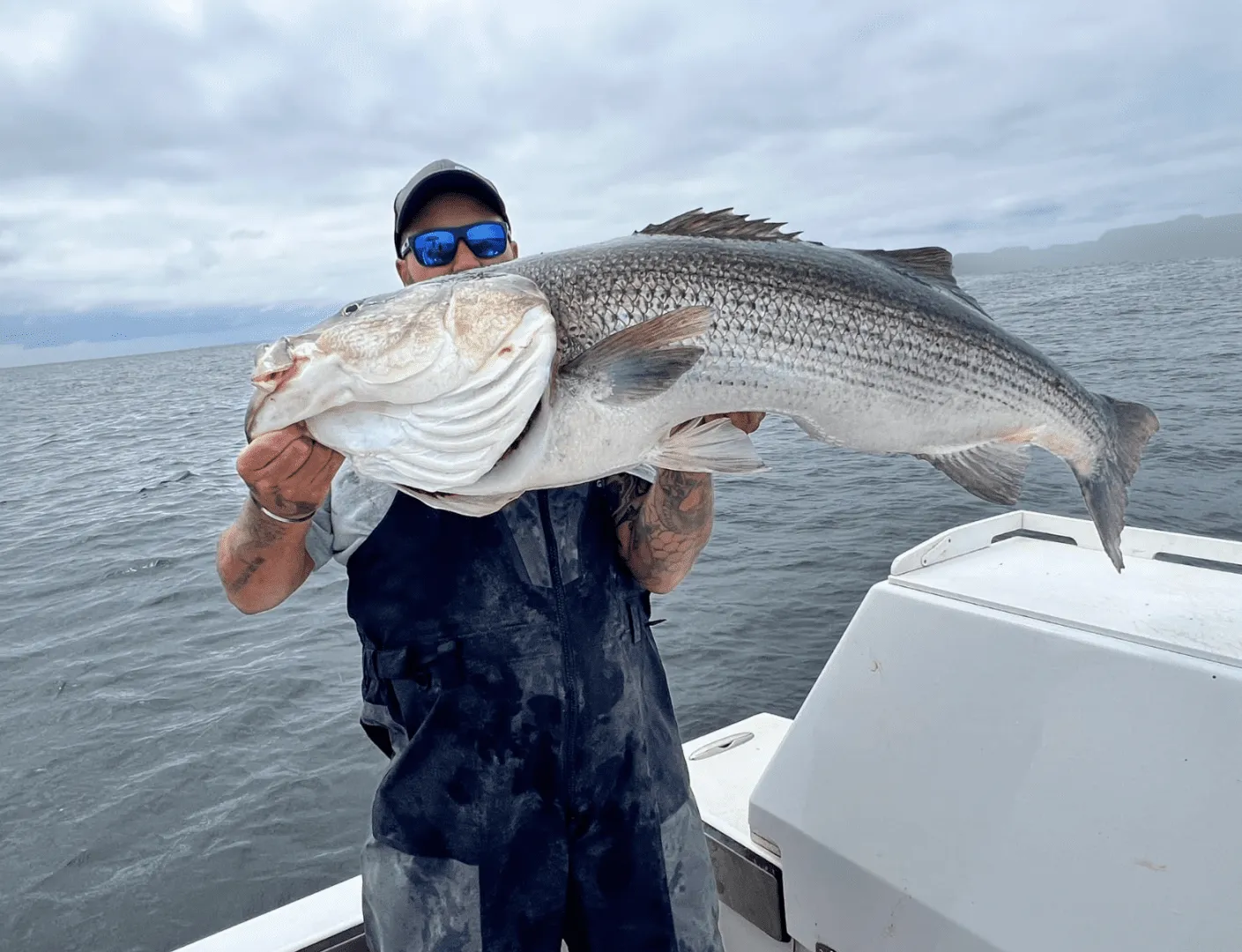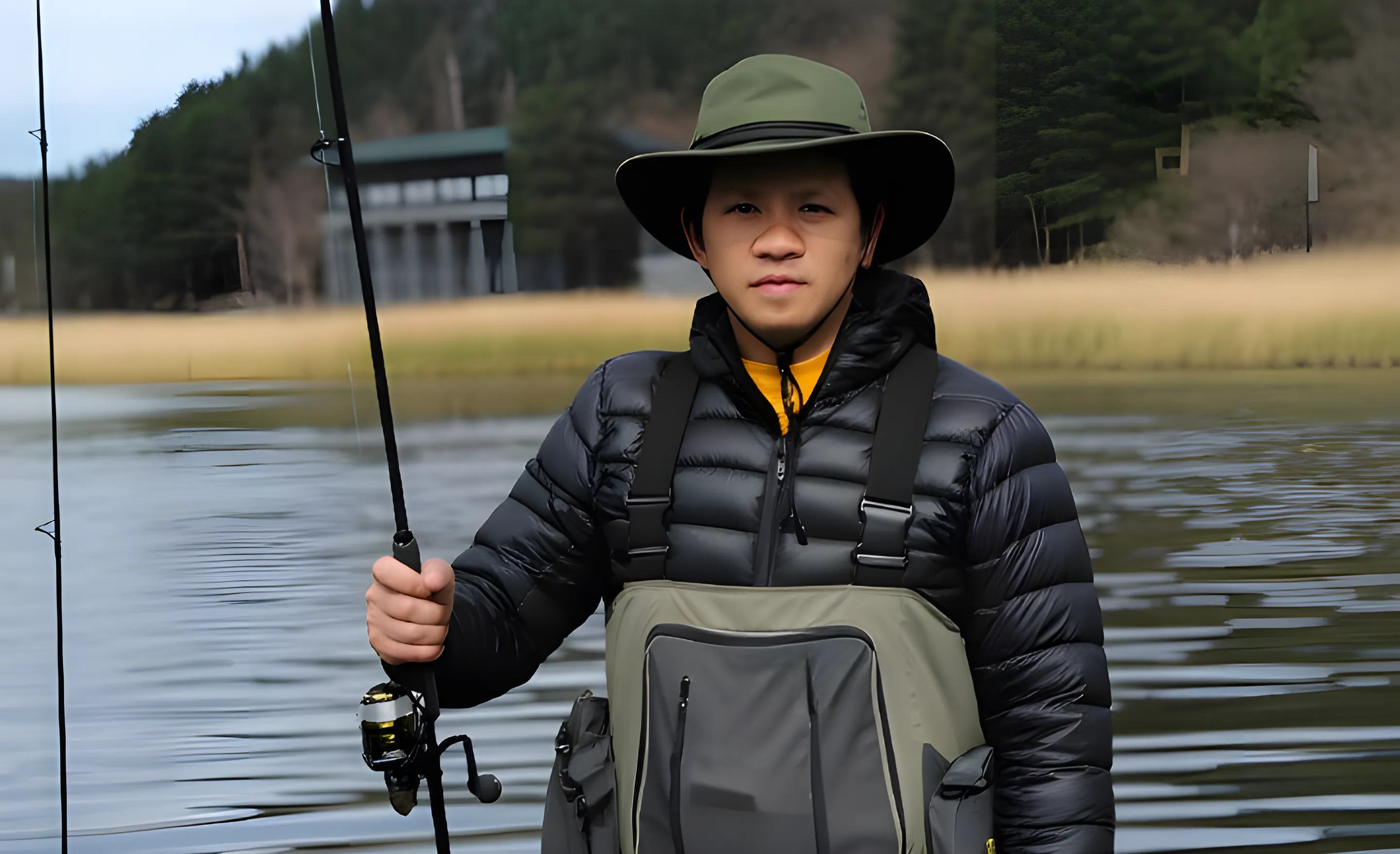Different Types of Bass: Identify & Catch Them (Pro Angler's Guide)

The thrill of a bass strike is what every angler lives for. But telling a hard-fighting Smallmouth from an explosive Largemouth is the mark of a truly knowledgeable angler. That’s why I've created this comprehensive guide to the different type of bass you'll encounter on the water. Drawing on years of personal experience, we'll break down everything from key identification features to the specific techniques needed to land each one. Here at riversiderelics.com, my mission is to turn complex fishing knowledge into simple, actionable advice that helps you catch more fish. Let's get started.
Quick Bass Comparison Chart
For a fast reference on the water, use this handy chart:
| Species | Key ID Feature | Common Habitat | Popular Lures |
| Largemouth Bass | Jaw extends past the eye; dark horizontal stripe. | Warm, weedy lakes, ponds, slow rivers. | Soft plastics, Spinnerbaits, Jigs |
| Smallmouth Bass | Jaw ends before or at the eye; vertical "tiger" stripes. | Cool, clear rivers, rocky lakes. | Jigs, Crankbaits, Tube baits |
| Striped Bass | Silver body; 7-8 unbroken horizontal dark stripes. | Coastal waters, large rivers, reservoirs. | Swimbaits, Topwater poppers, Live bait |
| White Bass | Silvery-white body; faint, often broken stripes. | Large reservoirs, rivers, great lakes. | Small spinners, Jigs, Spoons |
| Wiper (Hybrid) | Deeper body; distinct, broken horizontal stripes. | Stocked reservoirs and lakes. | Crankbaits, Jerkbaits, Swimbaits |
How to Identify Each Type of Bass
The Black Bass Family: Freshwater Favorites
When anglers talk about "bass fishing," they're usually referring to the Black Bass genus, Micropterus. These are the icons of freshwater fishing in North America.
Largemouth Bass (Micropterus salmoides)
The undisputed king of freshwater sportfishing. The Largemouth is known for its explosive strikes and impressive size.
-
Habitat: They love cover. You'll find them in lakes, ponds, and slow-moving rivers, typically hiding near fallen trees, weed beds, and boat docks.
-
Behavior: As ambush predators, they wait for prey to swim by before attacking. Learning how to fish for largemouth bass often means presenting your lure perfectly within their strike zone. They are most active during dawn and dusk.
-
Pro Tip: During hot summer months, target them in deeper water near underwater structures.

Smallmouth Bass (Micropterus dolomieu)
Often called "bronze-backs," Smallmouths are pound-for-pound one of the hardest-fighting freshwater fish.
-
Habitat: They prefer cooler, clearer water with rocky bottoms. Think clear rivers, streams, and deep, rocky lakes. The similarities in habitat often lead anglers to debate the finer points of bass fishing vs trout fishing, as both species can sometimes be found in the same river systems.
-
Behavior: Unlike their Largemouth cousins, Smallmouths are more likely to be found in schools and are known for their aggressive, acrobatic fights when hooked.
-
Pro Tip: Use lighter tackle and focus on presentations that mimic crawfish, their favorite food. Knowing how to fish for smallmouth bass effectively often comes down to mastering these subtle, bottom-bouncing techniques.
>>> Learn More: For a detailed breakdown of their differences, be sure to read our complete guide on smallmouth vs largemouth bass.
Temperate Bass: Coastal and Open-Water Powerhouses
This group includes species that often thrive in both saltwater and freshwater, known for their powerful runs and schooling behavior.
Striped Bass (Morone saxatilis)
A true giant, the "Striper" is a favorite for both coastal and inland anglers. They undertake impressive migrations from saltwater to freshwater rivers to spawn.
-
Key Feature: Distinguished by 7 to 8 dark, continuous horizontal stripes along their silvery body.
-
Fishing Tip: Learning how to fish for striped bass is a game of timing. Tides and moon phases are critical. Fishing during strong tidal movements near estuaries or river mouths can produce incredible results. Large swimbaits that mimic baitfish are a go-to lure.

White Bass (Morone chrysops)
Smaller than Stripers but just as feisty, White Bass are known for schooling in massive numbers, leading to fast and furious fishing action.
-
Key Feature: They are silvery-white with faint, often broken, horizontal stripes.
-
Fishing Tip: When you find one, you've likely found a whole school, which makes white bass fishing an incredibly fast-paced and exciting experience. Use small, fast-moving lures like inline spinners or small jigs to trigger a bite.
Hybrid Bass: The Best of Both Worlds
Fisheries often crossbreed bass species to create hard-fighting, fast-growing fish perfect for stocking in lakes and reservoirs.
Wiper (Hybrid Striped Bass)
The most famous hybrid is a cross between a female Striped Bass and a male White Bass.
-
Traits: They inherit the strength and size potential of a Striper and the aggressive feeding habits of a White Bass. They are known for their relentless fights.
-
Habitat: Almost exclusively found in freshwater lakes and reservoirs where they have been stocked.
-
Fishing Tip: Wipers are aggressive school-feeders. Fast-moving lures like crankbaits and jerkbaits work wonders. If you catch one, cast back to the same spot immediately!
Conservation: Protecting Our Favorite Fish
Responsible angling ensures healthy bass populations for future generations.
-
Practice Catch and Release: Handle fish gently, use barbless hooks to minimize injury, and revive them properly before letting them go. This is especially important for large, breeding-sized fish.
-
Protect Habitats: Support efforts to keep our waters clean. Pollution and habitat destruction are the biggest threats to bass populations.
-
Support Stocking Programs: Many fisheries rely on stocking to maintain robust populations of species like Striped Bass and Hybrids.
FAQs
Conclusion
Mastering the art of bass fishing is a journey, and it all begins with knowing your quarry. You're now equipped with the fundamental knowledge to identify key species, understand their distinct habitats, and select the right lure for the job. While there are many different type of bass to pursue-each offering a unique thrill-the core skills you've learned here will serve you on any body of water. Now, the real adventure begins. Take this knowledge, tie on a lure with confidence, and make your next cast the most informed one yet.
Aviv Nguyen is a passionate fisherman who loves sharing stories and tips from his fishing adventures. Whether it’s freshwater or sea, he finds joy in every cast and aims to inspire others to enjoy the great outdoors through fishing.
Share This Post With Friends

